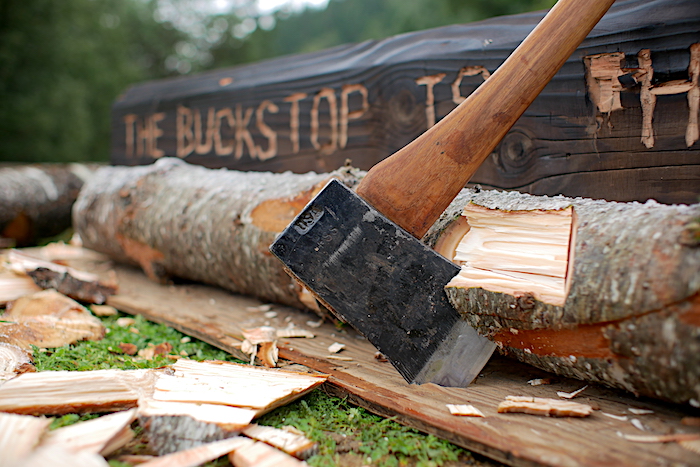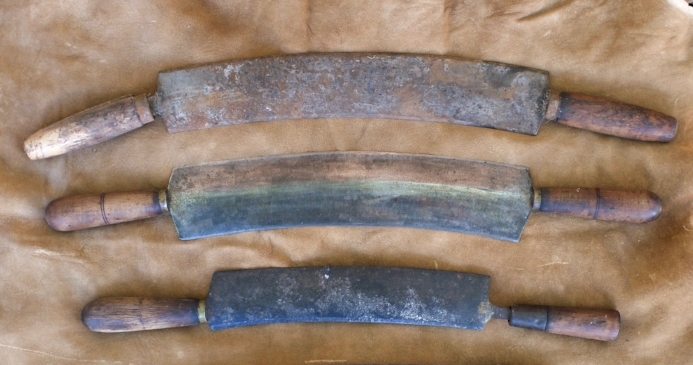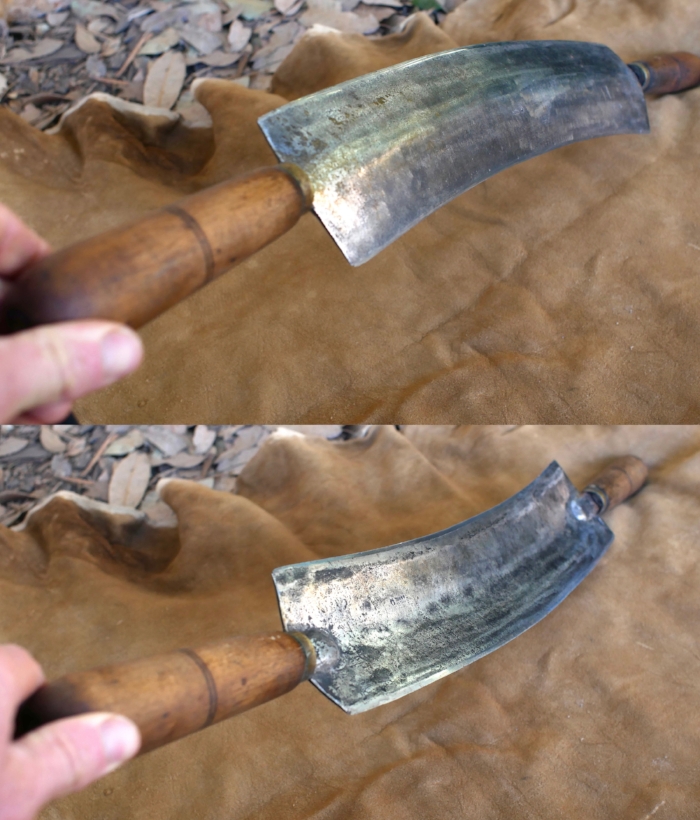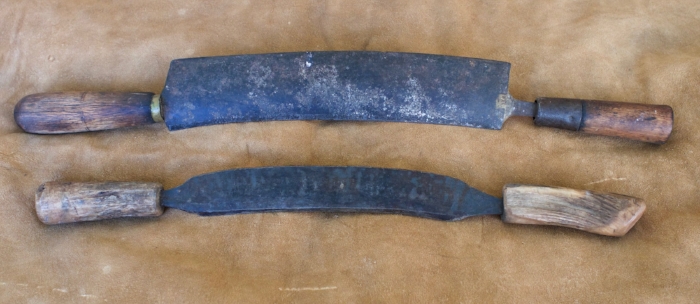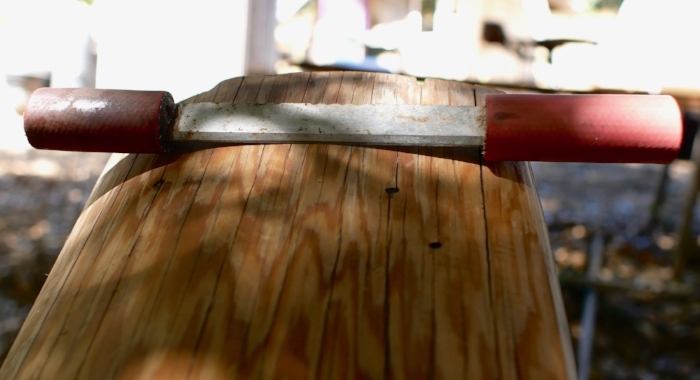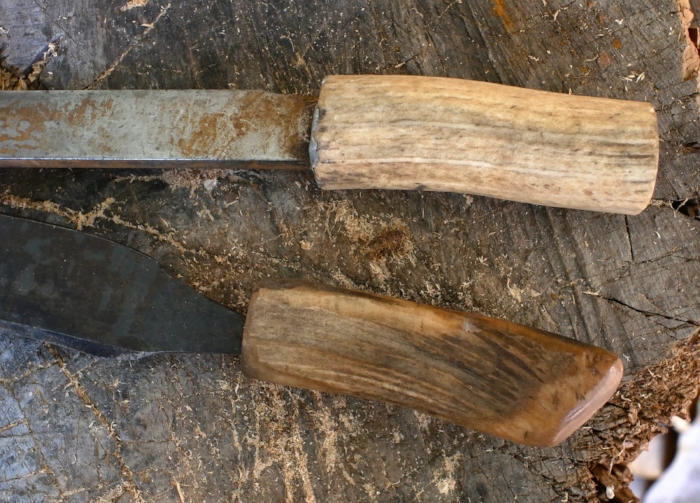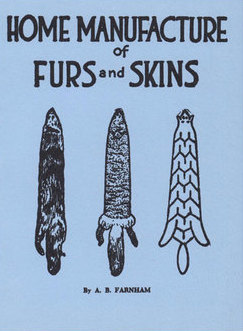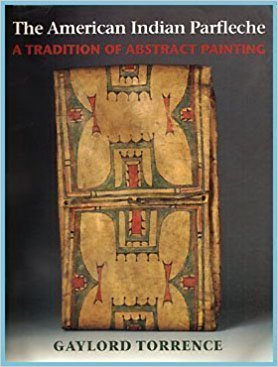I started the husqvarna axe project years ago. I finally got around to putting a grind on it so it can be put to work. I’ll link the new video here and also the whole playlist for the series.
I have learned quite a bit since starting this project. One thing I’ve gravitated toward is what some might refer to as a flat grind, though that is fairly meaningless without some details. I’ve always been able to make my axes cut, but once I stopped worrying about flat spots and not making the bit too thin and took a more thorough approach to trimming the fat from my axe bits, I got to a new level of cutting ability. Almost all stock axes are much too thick in the bit from the factory and have to be filed down. This has long been asserted by almost everyone that has written about axes. Opinions on how to do that are varied and details about how to go about it are usually missing.
If given a file and an axe, few people will take off enough to get the axe chopping efficiently. That is understandable as there is really no reference. In this video, I offer a simple system that is easy to carry out and understand and which will make an axe bite deep. Once a person has that, it can be used as an important reference when experimenting with grinding axes. I also talk about fundamental issues that keep axes from cutting deeply, though I have another video and blog post planned that goes into more detail on that.












